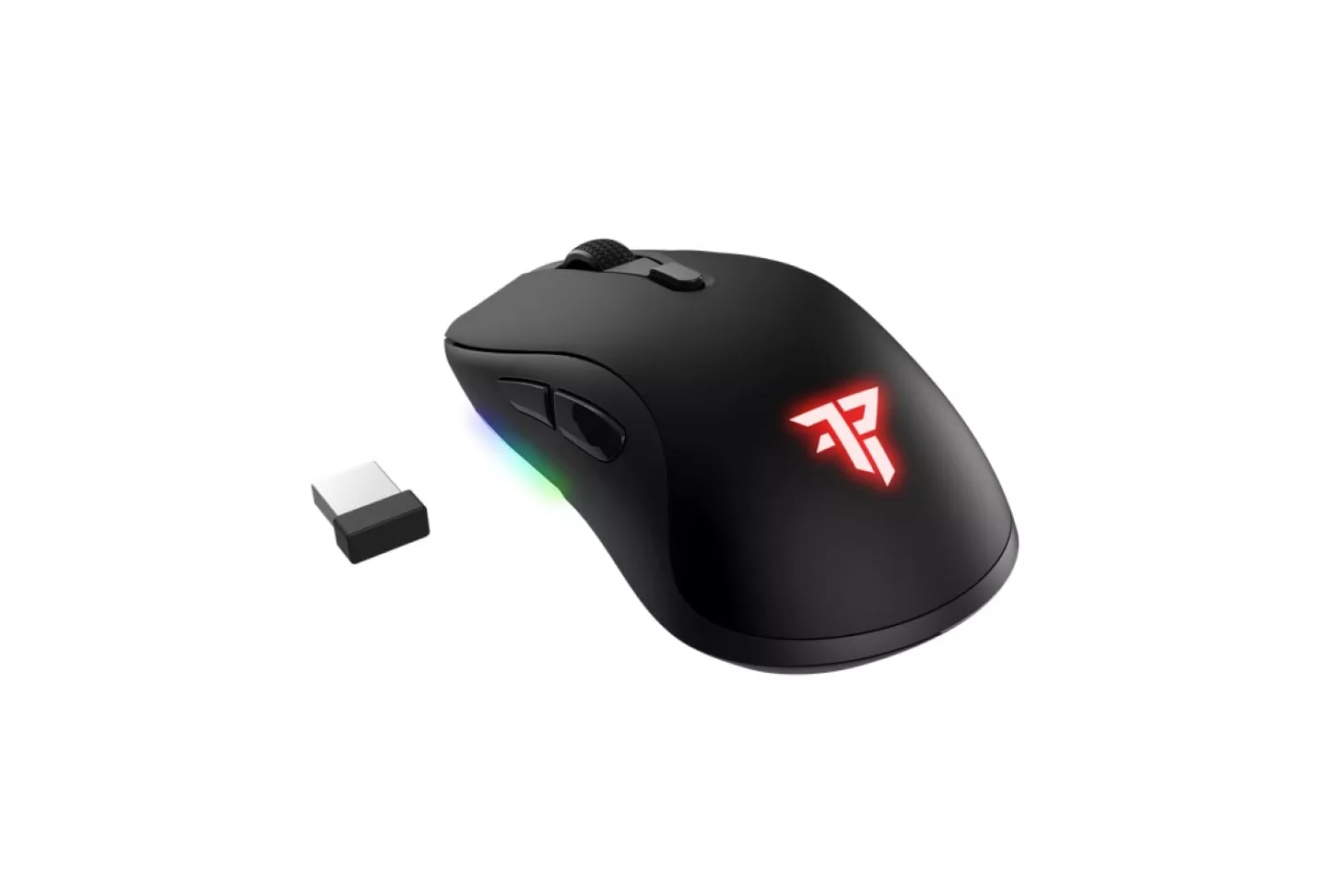GeekneticComparador de PreciosRatonesTempest X20W Vigilant RGB Ratón Gaming Inalámbrico 16.000 DPI Negro
Tempest X20W Vigilant RGB Ratón Gaming Inalámbrico 16.000 DPI Negro

Especificaciones
| Marca | Tempest |
| Tipo de Conexión | Inalámbrico (Con Receptor USB Tipo-A) |
| TIpo de Sensor | Óptico |
| Resolución Máxima del Sensor | 16000 dpi |
| Resolución Mínima del Sensor | 800 dpi |
| Tasa de Sondeo (Polling Rate) | 800 dpi |
| Batería Recargable | 800 dpi |
| Conexión Inalámbrica de 5GHz | |
| Número de Botones | 7 |
| Apropiado para manos | 7 |
| Colores del Ratón | Negro |
| Iluminación | Iluminación LED RGB |
| Tipo de Desplazamiento | Rueda |
| Características Especiales | Interruptor para cambiar DPIs |
| Peso | 74 g |
| Largura (Sin contar el cable) | 122 mm |
| Anchura | 64 mm |
| Altura | 38 mm |
Identificadores
| EAN | 8435443731273 |
| MPN | TP-GM-X20W |
| ID de GEEKNETIC | 15437 |
Este sitio web, Geeknetic, no es una tienda online y no vendemos productos. Esta herramienta muestra información de productos y compara su precio en distintas tiendas. Algunos enlaces a tiendas pueden reportar beneficios en coste por clic, comisión por venta o afiliación a Geeknetic. La información, especificaciones y precios de los productos pueden contener errores. Si tienes dudas te recomendamos que acudas a la tienda final o al fabricante del producto.

